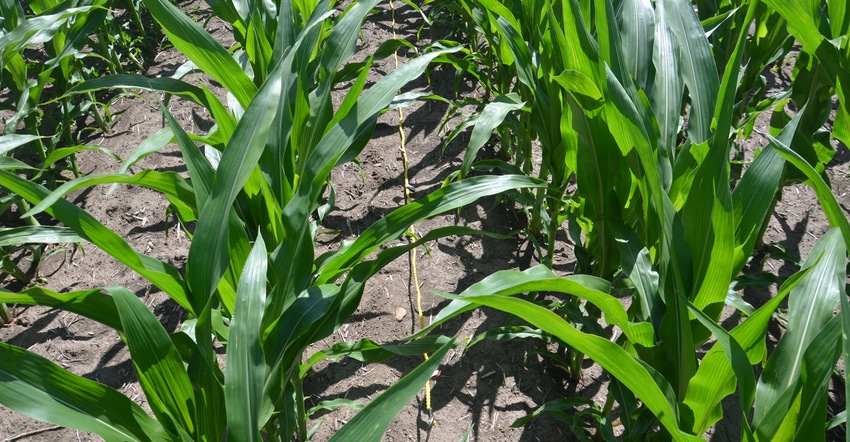December 22, 2021

We’ve studied corn in field experiments and farmers’ fields for several years and written stories to help you improve yields. Can we boost yields even further?
Yes, but can we do so economically? To keep things in focus, consider these ideas to help raise your yields and profits in 2022:
Set a realistic yield goal, but challenge yourself. Aim to increase your yield by at least 10 bushels per acre more than the best yield you ever achieved.
Apply nutrients to meet your goal. If you want 10 more bushels per acre, you must apply additional amounts of fertilizers, too. Use starter fertilizer, especially if planting early, and in no-till or minimum-tillage systems.
Plant early if you can. Early planting maximizes use of solar energy, which not only maximizes yield potential, but also sets the stage for less stalk lodging, drier grain and higher test weight compared to later plantings. However, certain soil types don’t dry early, so you must be patient.
Fine-tune your planter. There are excellent technologies available for uniform depth control and uniform seed spacing. However, you don’t need to be on the bleeding edge of technology to obtain these goals if you check each planter unit, row by row.
Control weeds early. Early weeds hurt yields. Light reflected from weeds affects the growth of crop plants. Rotate active ingredients in your herbicide program if you can.
Increase plant populations. You may have to plant up to 10% more seed than the desired population. Our observations show that you may get 10% to 15% fewer plants at harvest than the seeding rate, depending upon soil types. It is not the number of seeds you plant, but the number of plants with ears at harvest that determine your yield
Reconsider split-nitrogen application. Sidedressing is a proven method of reducing N loss and boosting yield. In the Corn Watch ’21 field, we found that in a high-yield environment, you can run out of nitrogen and see N-deficiency symptoms in the top leaves with corn still in the grain fill period. Nitrogen deficiency then can decrease kernel depth and size.
Spread the pollination period. Plant two hybrids that are two to three days apart in pollen shed timing in alternate strips. It won’t cost you a dime extra, but it buys extra insurance in case of unfavorable weather at pollination time, and it can boost yields by adding extra kernels. Try to get hybrid pairs of similar height to avoid shading by the taller hybrid.
Use disease-resistant hybrids and/or fungicides. No hybrids are immune to all pathogens. So, be proactive in using foliar fungicides if disease symptoms appear at flowering. The ear leaf is the biggest leaf of the corn plant. Protect it and all the leaves above it from disease.
Harvest early. Harvesting early reduces chances of loss due to ear droppage, stalk lodging and ear rots. Check stressed fields first. Do the stalk pinch or push test to decide which fields to harvest first to minimize harvest losses.
Nanda is director of genetics for Seed Genetics Direct, Jeffersonville, Ohio. Email [email protected] or call 317-910-9876. Please leave a message.
About the Author(s)
You May Also Like






